Lifting precast concrete panels is a crucial task in the construction industry. These heavy, durable panels are integral to modern buildings, providing both structural strength and aesthetic value. Whether you're building a commercial complex or a residential high-rise, understanding how to lift and install precast panels safely and efficiently is essential.
In this guide, we'll walk you through the process of lifting precast concrete panels, from preparing your site to using key lifting equipment like precast concrete lifting loops, precast concrete lifting clutch, and precast concrete lifting pins. We'll also provide tips on ensuring safety, preventing damage, and maximizing efficiency on your construction site.
What Are Precast Concrete Panels?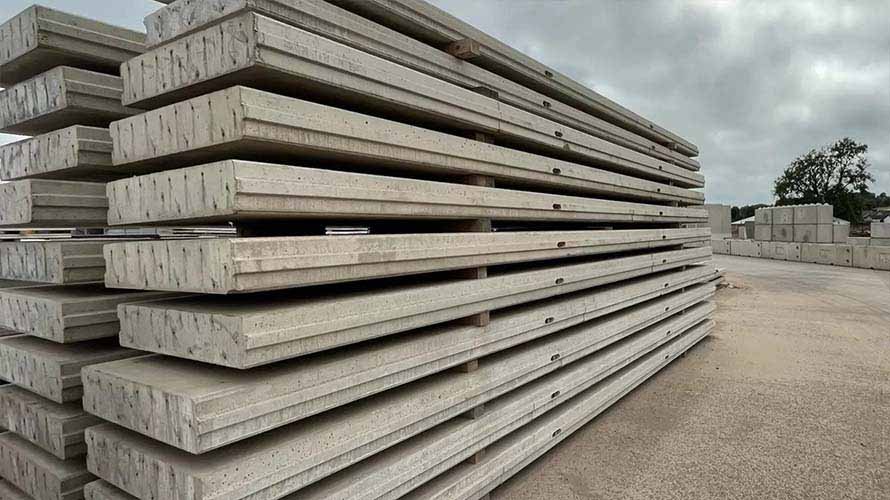
Precast concrete panels are pre-manufactured concrete elements, typically cast in molds off-site and transported to the construction location for installation. These panels are commonly used for walls, facades, floors, and roofs in both commercial and residential buildings. Their advantages include fast installation, durability, and energy efficiency.
However, lifting and handling precast concrete panels can be a challenging task due to their weight and size. Using the right lifting equipment ensures a smooth and safe installation process, reducing the risk of accidents and damage.
Essential Precast Concrete Lifting Equipment
Lifting precast concrete panels requires specialized equipment designed for handling heavy and large objects. Among the most commonly used tools are:
1. Precast Concrete Lifting Loops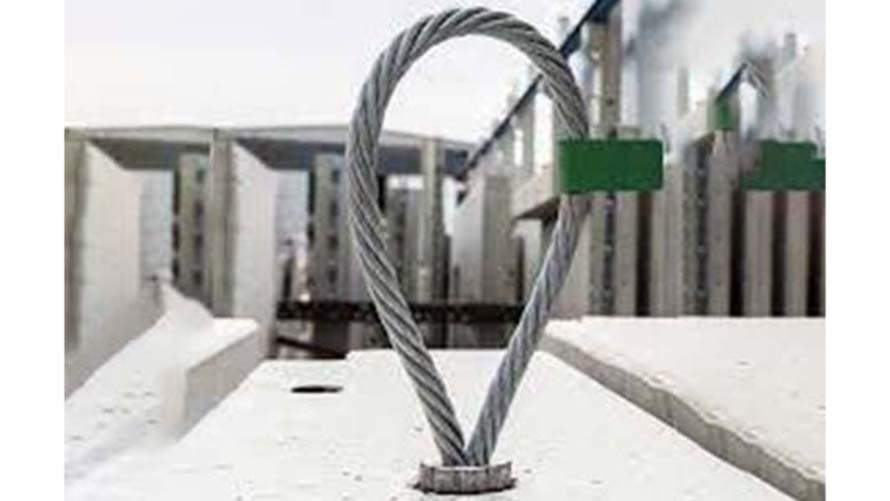
Precast concrete lifting loops are embedded in the concrete panels during the manufacturing process and provide secure points for attaching lifting devices. These loops are essential for ensuring that the load is evenly distributed during lifting.
How to Use: The lifting loop is connected to a lifting sling or chain. It’s vital to ensure that the loop is correctly oriented and that it is free from damage or wear.
Benefits: Lifting loops are designed for high load-bearing capacity and can be used in various types of precast panel handling, including walls, slabs, and beams.
Precautions: Always check the condition of lifting loops before use. Damaged or weakened loops can lead to accidents and equipment failure.
2. Precast Concrete Lifting Clutch
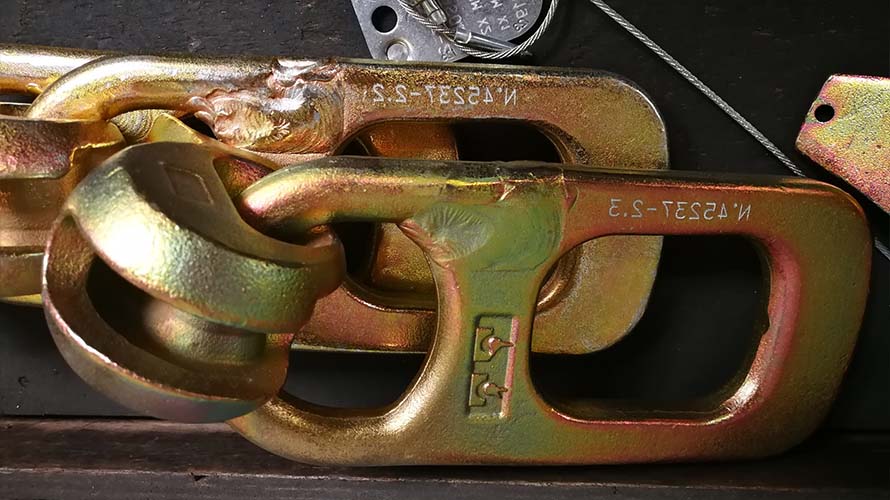
The precast concrete lifting clutch is a versatile tool that is used for lifting and maneuvering precast panels with the help of cranes or other lifting devices. These clutches securely attach to the lifting loops and are often used in conjunction with lifting slings or chains.
How to Use: The lifting clutch is typically attached to the lifting loop and then connected to a crane or hoisting mechanism. The clutch is designed to lock securely onto the lifting loop without slipping, ensuring safe handling of the precast panel.
Benefits: Lifting clutches offer a strong grip and are adjustable, making them suitable for a wide range of panel sizes and lifting conditions.
Precautions: Ensure that the lifting clutch is properly maintained, with no signs of wear or damage. Always ensure the load is balanced when lifting panels to prevent accidents.
3. Precast Concrete Lifting Pins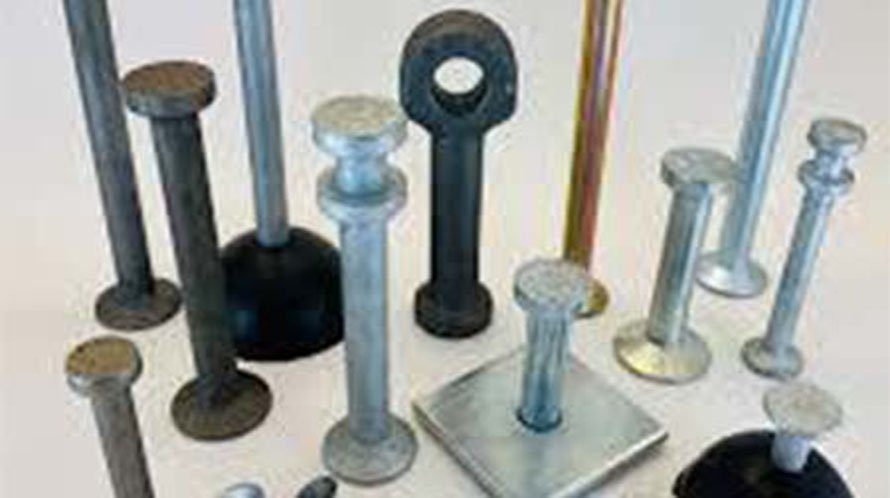
Precast concrete lifting pins are another commonly used piece of lifting equipment for securing precast panels during installation. These pins are typically embedded into the concrete during the manufacturing process and are used with lifting loops or clutches.
How to Use: The lifting pin is inserted into the pre-embedded hole in the panel. After insertion, the pin is attached to a lifting mechanism, usually with a chain or lifting sling.
Benefits: Lifting pins are ideal for applications where high precision and a secure connection are needed. They are designed to handle heavy loads with minimal risk of slippage.
Precautions: Always inspect lifting pins for corrosion, wear, or deformation before use. Over time, pins can degrade, compromising their effectiveness.
Step-by-Step Guide to Lifting Precast Concrete Panels
1. Site Preparation
Before lifting any precast concrete panel, you must ensure the construction site is properly prepared:
Clear the area: Make sure there are no obstructions or hazards around the lifting site.
Set up safety barriers: Ensure that workers are at a safe distance from the lifting zone.
Check the ground conditions: Ensure that the ground is level and stable enough to support the lifting equipment.
2. Select the Right Lifting Equipment
The choice of lifting equipment depends on the size, weight, and type of precast panel being installed. Generally, you’ll need:
Lifting loops embedded in the panel for secure lifting points.
Lifting clutches for adjustable and secure connections to cranes.
Lifting pins for precise lifting, especially for larger panels or heavy loads.
Ensure that all lifting devices are rated for the weight and type of load you're handling.
3. Attach the Lifting Equipment
Proper attachment of the lifting equipment is critical for a safe lift:
Lifting loops: Attach the lifting slings or chains to the embedded loops, ensuring the load is evenly distributed.
Lifting clutches: Securely attach the clutch to the lifting loop or other lifting point, ensuring the clutch is locked in place.
Lifting pins: Insert the pins into the pre-embedded holes in the panel and attach them to the lifting mechanism.
4. Lift the Panel
When lifting the precast panel, ensure the crane or hoisting mechanism is properly calibrated and able to handle the weight of the panel. Lift slowly and steadily, keeping an eye on the panel’s stability.
Balance the load: If using multiple lifting points, make sure they are balanced to avoid tilting.
Monitor the lift: Keep a safe distance and monitor the movement of the panel throughout the lift.
5. Install the Panel
Once the precast panel is lifted into place, carefully lower it into position. Ensure that the panel is aligned with the building’s foundation or structural frame. Use appropriate fasteners to secure it in place.
Common Mistakes to Avoid When Lifting Precast Concrete Panels
Incorrect use of lifting equipment: Always ensure that the correct lifting devices are used, and they are in good condition.
Uneven load distribution: Make sure the load is balanced evenly across the lifting points to prevent accidents or damage to the panel.
Neglecting safety precautions: Always prioritize safety by ensuring that workers are trained in proper lifting techniques and wear appropriate safety gear.
Conclusion: Master the Art of Lifting Precast Concrete Panels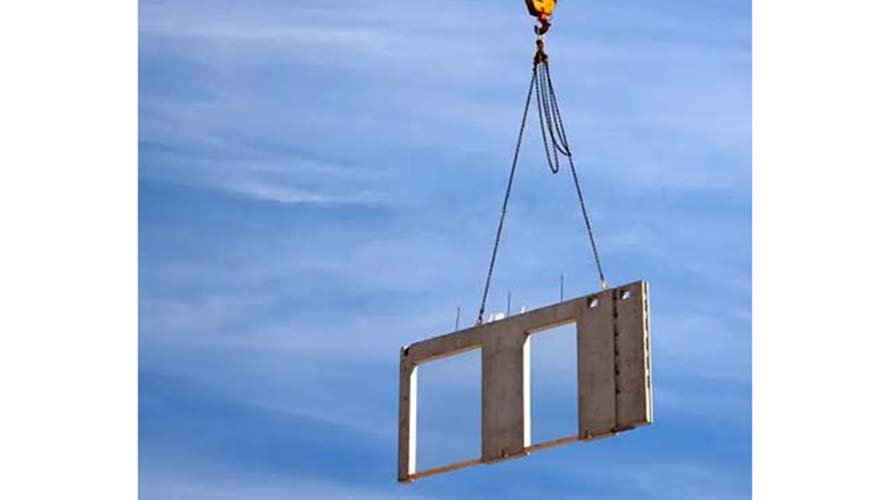
Lifting precast concrete panels requires the right combination of equipment, technique, and safety precautions. By using the proper lifting devices such as precast concrete lifting loops, lifting clutches, and lifting pins, you can ensure a smooth and safe lifting process. These tools are designed to make the job easier, faster, and more secure, all while reducing the risk of accidents or panel damage.









